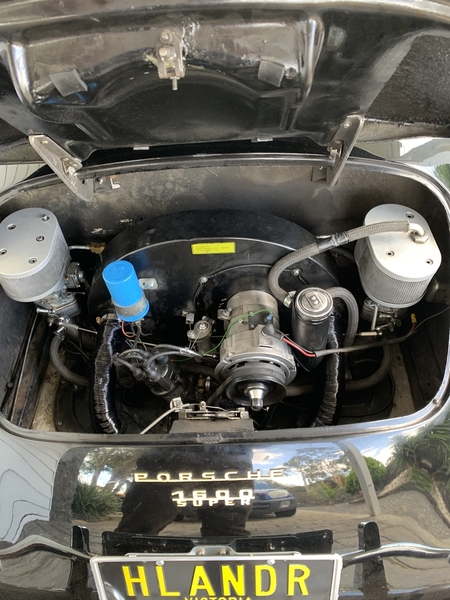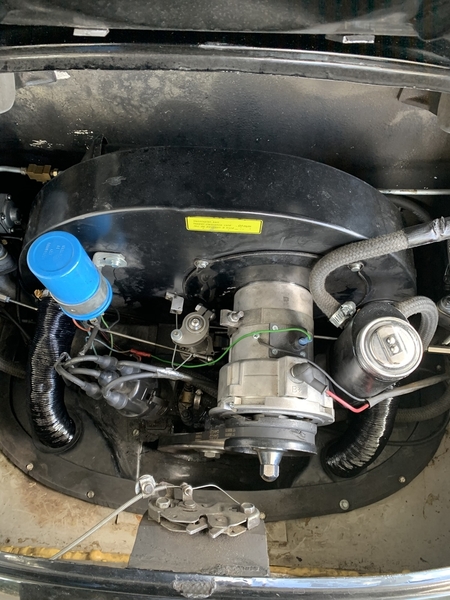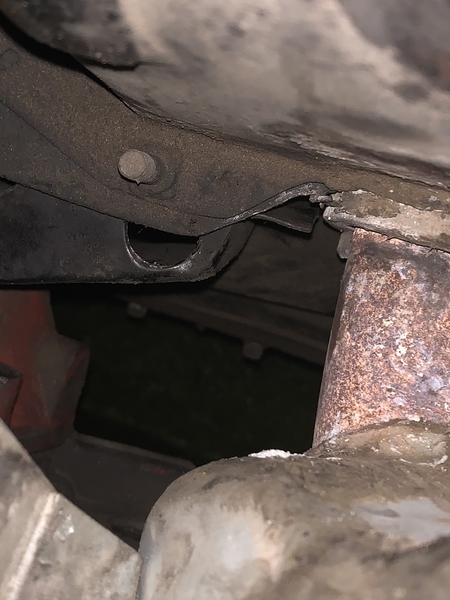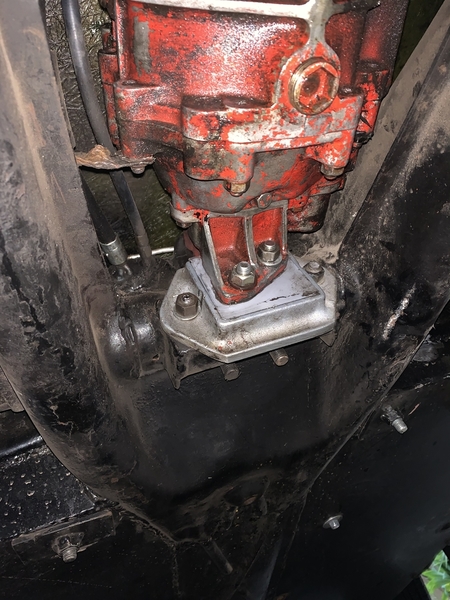I'm assuming he's got a 1600- 1641. 1776 outside.
No matter, 5 bucks says he's got stock heads and aluminum pushrods. I'd start at the beginning, as Danny is suggesting. Pop off the valve-covers, turn the engine over with a wrench. Do the valves go up and down (all of them)? Are the springs broken that you can see? If it looks good, set the valves-- .004 and .006.
Move to the ignition. Pop the distributor cap. Look at the contacts in the cap. Do they look like they've got calcium building up? Are they carbon tracked? IF they have white stuff, scrape it off with a paring knife. If there's carbon, get a new cap and rotor. If you have points, and aren't a mechanic, and don't have access to a tach/dwell meter, put the hood down. You're going to need to trust somebody. If there were no points, and you find something under the rotor that says "Pertronix" or Compu-Fire", you've got a module, and can put the cap back on. Pull all 4 plugs. Are any of them soaking wet or oily looking? In all likelihood, they will be-- but you are looking for differences between them. Replaced them all. Resist the urge to get Iridium plugs or the like. Just get NGK motorcycle plugs. Gap 'em, put 'em in.
Then start it. Rev the engine to 3000 RPM. Get out a timing light and check the timing-- you are looking for about 30* at 3000 RPM. Where it is at idle doesn't matter.
Shut it off. Pull the intakes off the heads. You're going to tear the gasket when you do this, but you can cut new ones. Clean both the manifolds and the sealing surface on the heads. This will be no fun, but must be done. Cut new gaskets, use something (grease or oil) to coat them. Bolt the manifolds back on. Then, start and check the fuel pressure. Even if the pressure is OK, that still doesn't mean you're out of the woods on the carbs.
Were the plugs wet or oily looking when you pulled them out? It's probably flooding. KAdrons are notorious for doing this, because the needle valves are garbage. You can get a rebuild kit, but the new needle valves in the kit are garbage too. Lots of people love, love, love their Kadrons, but those people like kale too. The carbs will often be problematic no matter what.
You've got to go through all of this, or none of it matters. Don't trash talk guys trying to help with nothing to gain. Good luck.















